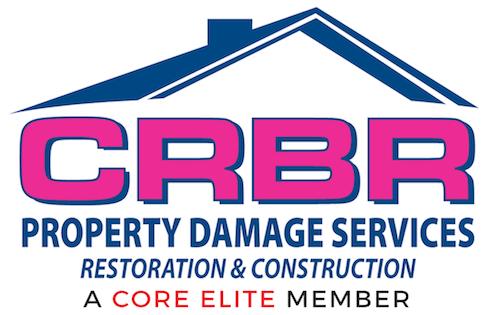Fact: Garages flood nearly five times more often than other rooms, and trapped moisture under carpets can cause permanent damage within 24 hours.
Flooding in a garage—whether from spring snowmelt, a failed water line break in washing machines, or heavy storms—soaks more than concrete. Cardboard boxes, stored rugs, and even guest carpets can trap water beneath, leading to curling edges, mildew, and foul odors. Acting fast prevents costly replacements and restores a safe, dry space. Here’s how homeowners in Reno, NV can dry carpets quickly and effectively.
Cut Power and Clear the Area
Before any cleanup, turn off electricity to garage outlets and overhead lights. Water and power don’t mix. Next, move vehicles to higher ground and remove portable items—tools, storage bins, and loose rugs—to give yourself room to work. This prevents belongings from becoming trip hazards and protects valuables from cleaning machinery.
Extract Standing Water with a Wet/Dry Vacuum
Start with a high-capacity water extraction & removal vacuum (often called a shop-vac). Work in stripes, pressing the nozzle firmly into the carpet pile to suck up as much water as possible. Empty the vac’s tank frequently to maintain suction power. Focus on low spots and seams where water pools.
Lift and Air Out the Carpet
Once bulk water is gone, pull back the carpet’s edge—if it’s loose—in at least one corner. Use plastic sheeting or blocks to prop the corner up so air can circulate underneath. This air gap speeds drying and prevents moisture from wicking back into the pad or subfloor.
Position High-Velocity Fans
Place two or more air movers at carpet level, angled to push air across the surface and under the lifted edge. High-velocity fans (often called “floor dryers”) move at least 1,500 CFM, rapidly displacing humid air. Leave them running around the clock, checking every few hours to reposition as the carpet dries.
Deploy a Dehumidifier
While fans handle surface moisture, a dehumidifier pulls water vapor from the air. Choose a unit rated for large spaces, and place it in the center of the garage. If you have a floor drain near your washer, you can attach the dehumidifier’s drip line to discharge water directly—no constant emptying. Aim to keep relative humidity below 50%.
Check and Rotate
Every 4–6 hours, test the carpet’s underside. If it still feels damp, rotate the lifting point or add another fan. Use a small moisture meter—available at home centers—to confirm both carpet and pad readings are dropping. When you see readings below 10–12%, you’re in the safe zone.
Sanitize to Prevent Odors
Even clean water can pick up dirt and oils in garage carpets. After the carpet feels mostly dry, use a carpet cleaner with an antimicrobial solution. Lightly spray the surface, then run the extraction vac again on a low-water setting to rinse. This kills bacteria that can cause musty smells later.
Replace the Pad if Necessary
If the pad beneath the carpet soaked through, it’s usually unsalvageable. Pull up the carpet, remove the old pad, and let the subfloor dry completely—use fans in the open cavity. Then install a new pad rated for damp environments. Stretch the carpet back into place and re-secure with tack strips.
Final Inspection
Once complete, walk the entire carpeted area barefoot. You should feel dry, firm underfoot, with no cool or spongy spots. Give the space a final pass with a fresh towel to catch any remaining dampness. If anything still feels off, revisit that section with fans and dehumidifier for another cycle.
Prevent Future Garage Floods
To avoid repeat work, seal cracks in your garage floor with concrete sealant. Install a threshold ramp at the garage door to block minor runoff. Clean gutters above the garage and extend downspouts at least five feet from the foundation. Regular maintenance stops water at the door—keeping your carpets dry year-round.
By stopping water at its source, extracting bulk moisture, and using targeted airflow plus dehumidification, you can dry garage carpets in under 48 hours. These steps save money on replacements and restore a healthy environment—so you stay ready for your next project, not stuck in cleanup mode.
